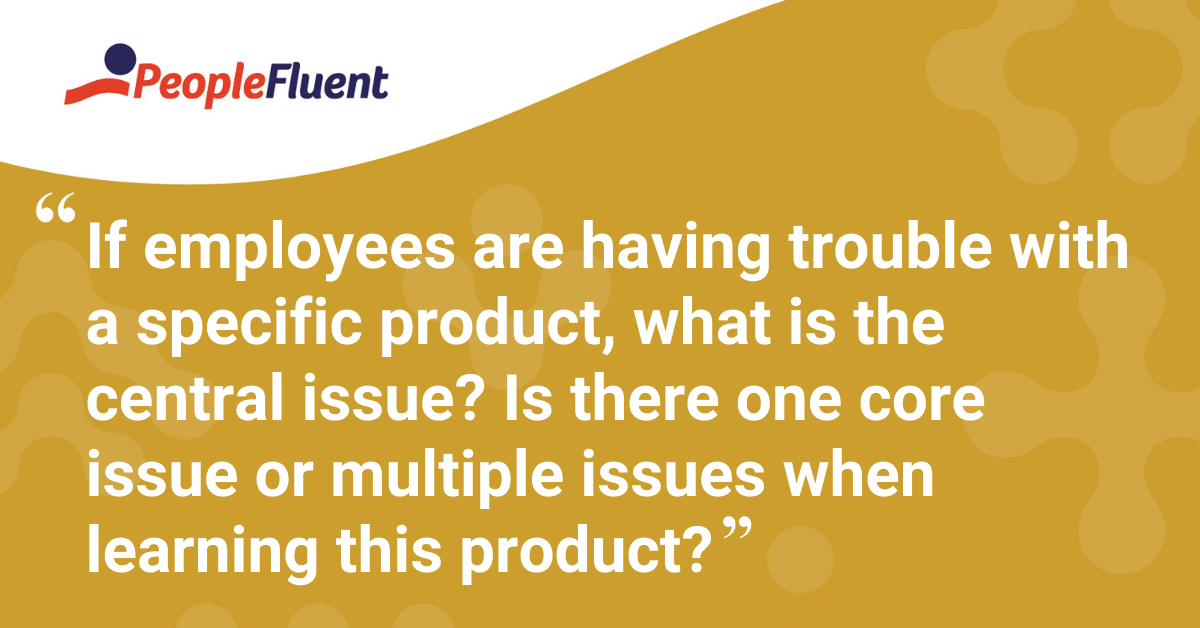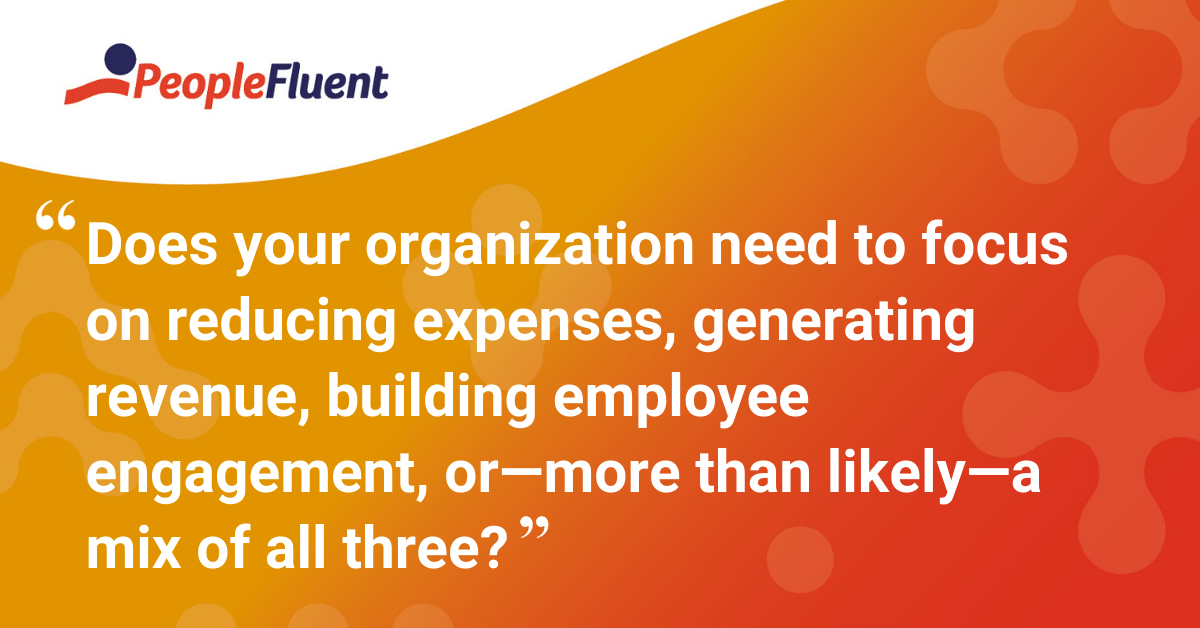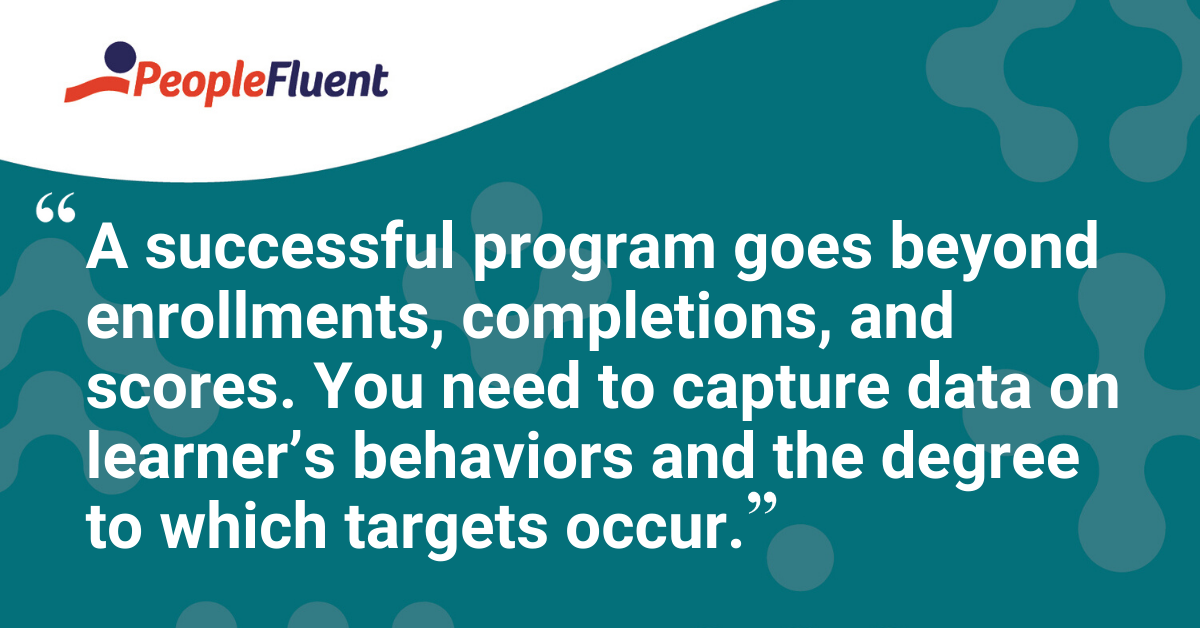Published: Jan 9, 2020Time to read: 5mins Category: Learning
Strategies to Build an Effective Learning Program
What Is Effective Learning?
Effective learning can be defined as an educational opportunity that is designed, developed, or created using formal and informal solutions. You’d create an effective learning program for two main reasons:
- to meet an organization’s needs
- to gather follow-up information that may indicate a positive impact on key business drivers.
Simple enough, but what does that mean for your business?
Even for companies with an established learning program, L&D professionals face additional challenges when it comes to the program’s positive impact on key business drivers. According to a 2019 survey from LEO Learning, nearly 70% of respondents say they feel pressure from leadership to measure the impact of learning. With this growing pressure, companies must adapt or utilize technology which allows them to analyze data to demonstrate learning’s business impact.
Learning Programs & Establishing a Need
With the knowledge of existing gaps in measuring the impact of their learning programs, how can we best support leadership from an HR business partner standpoint? Assessing the current program and identifying training needs within your organization should be at the forefront of the process.

Although it may require uncomfortable conversations with your management team or executives, it’s necessary to protect the training budget. Here are some considerations to make before fulfilling a request or building on an existing learning program:
- Always ask for context before considering the request. In other words, if employees are having trouble with a specific product, what is the central issue? Is there one core issue or multiple issues when learning this product? The answer may be, well, within the answers.
- Is the gap due to a lack of training or, rather, a lack of proper job aids and tools?
- What ROI metrics are being utilized?
- Will the information gathered be used, and if so, how?
- Is competence or confidence being measured—or both?
These considerations will help you establish if there is truly a training need and how to move forward with the design process. Asking the tough questions ahead of time allows for time and resource planning when determining what to measure and how to measure it.
Understanding the Business Strategy
The next step to building an effective learning program is understanding your business strategy. This will help you navigate how learning connects to the overall business goals—and to identify what isn’t working.
You need to understand the company’s specific industry and business goals. Designing an effective learning program with these in mind is essential to being a strategic business partner. Ask yourself: How does the organization fit into the current marketplace and what is necessary to increase market share?
Understanding Business Goals or Drivers

Let’s say your organization has identified the business goals as wanting to increase market share. What internal drivers are necessary to achieve this goal? Does your organization need to focus on reducing expenses, generating revenue, building employee engagement, or—more than likely—a mix of all three?
More from the blog: 4 Ways Learning Technologies Can Boost Learner Engagement
Connect Learning to Your Goals
Once goals and drivers have been established in a thoughtful and data-driven manner, it’s vital to understand how learning activity will link to each specific business goal. For example, do account managers need a deeper knowledge of your product so they can effectively sell or offer customer support? Will this be best accomplished through eLearning, a classroom, or job rotation in the product marketing department?
This continuous cycle should be used to ensure your learning event is impactful to its intended goal. If not, a re-design is in order. The following is a normal L&D process that should be embraced when considering strategies to accomplish effective learning:
- Design with business goals and/or drivers in mind
- Track and evaluate learning, using both formal and informal tools
- Analyze data in an actionable way and share it
- Identify and implement recommended interventions for the business
- Verify your intervention’s success with stakeholders
- Review business goals and drivers.
How to Design an Effective Learning Program

You’ve undergone an organizational assessment and found that further training is a necessary solution to existing gaps. You understand the business strategy and have identified business goals or drivers. This gives you a deeper knowledge of how your efforts can connect learning to these goals. Now the fun begins—designing an effective learning program.
Identifying which measurements to apply to your program is just as important as the training itself. Remember that a successful program goes beyond enrollments, completions, and scores. You also need to capture data on learner’s behaviors and the degree to which targeted outcomes occur.
Mapping out the process ahead of time can help organize training and metrics seamlessly for a better design and more functional program. This can also help determine which design model is appropriate for the specific training need.
Recommended related reading: 'The 13 Must-Have Features of a Learning Management
Final Thoughts on Effective Learning Programs
Strategizing ways to better prepare your learners and close gaps in the process is only part of the puzzle. Even with a proper assessment and additional ‘due diligence’ steps, the overall goal is understanding the data and what to do with it once you have it.
By combining strategy and technology to design, deploy, and measure your program’s impact, it can make your organization more effective at meeting business goals. And, it may also alleviate some of the pressure from leadership to measure learning’s business impact.
These strategies to build an effective learning program come from the webinar ‘Strategy + Technology: A Winning Combination for Effective Learning.’ Click here to watch the full webinar recording.
Discover How Learning Builds Skills and Ensures Compliance
Design, deploy, track, analyze, and report on enterprise learning and compliance programs. PeopleFluent helps you execute your programs seamlessly, so employees upgrade their skills and you get results.